-
 Bitcoin
Bitcoin $120400
1.77% -
 Ethereum
Ethereum $3615
7.90% -
 XRP
XRP $3.580
17.84% -
 Tether USDt
Tether USDt $1.001
0.06% -
 BNB
BNB $729.4
1.25% -
 Solana
Solana $179.9
5.04% -
 USDC
USDC $0.0000
0.01% -
 Dogecoin
Dogecoin $0.2311
8.22% -
 TRON
TRON $0.3226
4.04% -
 Cardano
Cardano $0.8490
12.85% -
 Hyperliquid
Hyperliquid $46.45
0.72% -
 Stellar
Stellar $0.4913
8.54% -
 Sui
Sui $4.027
2.00% -
 Chainlink
Chainlink $18.51
11.67% -
 Hedera
Hedera $0.2818
21.51% -
 Avalanche
Avalanche $24.03
7.40% -
 Bitcoin Cash
Bitcoin Cash $508.5
2.90% -
 Shiba Inu
Shiba Inu $0.00001496
3.24% -
 UNUS SED LEO
UNUS SED LEO $8.961
1.83% -
 Toncoin
Toncoin $3.264
3.13% -
 Litecoin
Litecoin $104.6
8.15% -
 Polkadot
Polkadot $4.389
6.11% -
 Uniswap
Uniswap $9.924
10.63% -
 Monero
Monero $337.9
0.49% -
 Pepe
Pepe $0.00001376
2.79% -
 Bitget Token
Bitget Token $4.830
2.46% -
 Ethena USDe
Ethena USDe $1.001
0.05% -
 Dai
Dai $1.000
0.02% -
 Aave
Aave $325.2
1.66% -
 Bittensor
Bittensor $423.7
-0.85%
What are Kraken's maker and taker fees?
Kraken uses a tiered maker-taker fee system based on 30-day trading volume, with fees ranging from 0.00% to 0.16% for makers and 0.16% to 0.26% for takers, depending on trade size and liquidity contribution.
Jul 08, 2025 at 05:07 pm
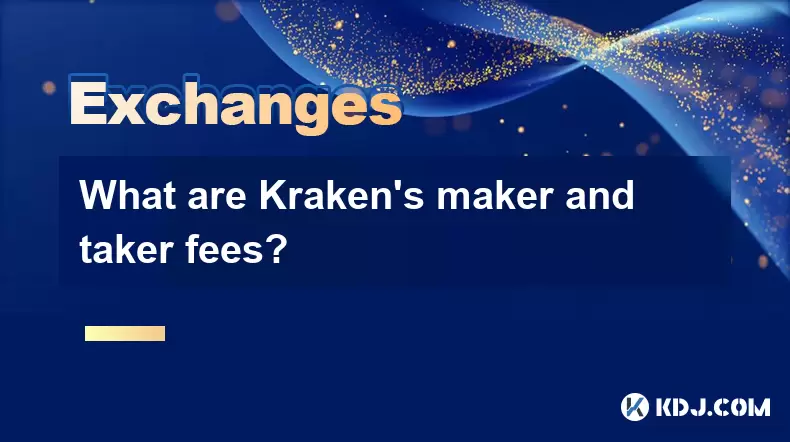
Understanding Maker and Taker Fees on Kraken
Cryptocurrency exchanges use maker and taker fees to incentivize liquidity provision and consumption. On Kraken, these fees depend on the type of trade you execute and your trading volume over a 30-day period. A maker order is one that adds liquidity to the market, such as a limit order that isn't immediately filled. A taker order removes liquidity from the market, such as a market order or a limit order that gets executed instantly.
Kraken's fee structure is tiered based on 30-day trading volume, which means the more you trade, the lower your fees become. This applies to both maker and taker fees. The exact percentages vary depending on whether you're trading fiat pairs (like BTC/USD) or crypto-to-crypto pairs (like BTC/ETH).
Kraken's Maker Fee Rates
Maker fees are generally lower than taker fees because they contribute to market depth by placing orders that others can match later. On Kraken, maker fees start at 0.16% for most users but can go as low as 0.00% for high-volume traders.
- Your maker fee depends on your total trading volume in the last 30 days.
- Trading volume is calculated in USD equivalent across all markets.
- Higher tiers unlock lower fees and may also provide rebates in some cases.
For example, if you place a limit order to buy Bitcoin at $30,000 when the current price is $30,500, your order will wait until the price drops to your specified level. That makes you a maker, and you’ll be charged the maker fee when your order is filled.
Kraken's Taker Fee Rates
Taker fees apply when you place an order that gets executed immediately against existing orders on the order book. These orders remove liquidity from the market, so they come with slightly higher fees.
Kraken’s standard taker fee starts at 0.26% and decreases with increased trading volume. Users who trade large volumes can reduce this fee significantly.
Here’s how it works:
- If you place a market order to buy Ethereum at the best available price, your order will match with existing sell orders.
- Since your order removes liquidity, it qualifies as a taker order.
- You'll be charged the applicable taker fee based on your 30-day trading volume.
It’s important to note that Kraken displays the current fee rates directly on your trading interface, so you can see how much you’ll be charged before executing any trade.
Tiered Fee Structure Based on 30-Day Trading Volume
Kraken uses a volume-based tiered system to determine maker and taker fees. Each tier corresponds to a specific amount of trading volume in USD value over the past 30 days. Here’s a breakdown of the typical fee tiers:
- Tier 0: Less than $50,000 trading volume – Maker: 0.16%, Taker: 0.26%
- Tier 1: $50,000–$100,000 – Maker: 0.14%, Taker: 0.24%
- Tier 2: $100,000–$250,000 – Maker: 0.12%, Taker: 0.22%
- Tier 3: $250,000–$500,000 – Maker: 0.10%, Taker: 0.20%
- Tier 4: $500,000–$1,000,000 – Maker: 0.08%, Taker: 0.18%
- Tier 5: Over $1,000,000 – Maker: 0.00%, Taker: 0.16%
These tiers reset every 30 days and include all trades made across all supported pairs. Kraken updates your current fee rate automatically once your trading volume crosses into a new tier.
Differences Between Fiat and Crypto Trading Pairs
On Kraken, there’s a distinction between trading fiat pairs (e.g., BTC/USD, ETH/EUR) and crypto-to-crypto pairs (e.g., BTC/XRP, ETH/LTC). While the fee tiers remain consistent, some trading pairs may have different fee structures based on regional regulations or exchange policies.
- For most major fiat pairs like USD and EUR, the standard maker-taker model applies.
- For crypto-to-crypto pairs, fees may be slightly adjusted depending on market conditions and trading volume.
- Kraken occasionally offers promotions or special pricing for certain pairs, especially for newer cryptocurrencies.
Users should always check the fee schedule on their account dashboard or review the official Kraken fee documentation to confirm the exact rates for the pair they’re trading.
Frequently Asked Questions
Q: How do I check my current maker and taker fees on Kraken?
You can view your current fee rates by logging into your Kraken account, navigating to the Settings menu, then selecting Fees. There, you’ll find a summary of your 30-day trading volume and your corresponding maker and taker rates.
Q: Are there any additional fees besides maker and taker charges?
Yes, Kraken also charges deposit and withdrawal fees, which vary depending on the cryptocurrency and network used. These are separate from trading fees and are applied when moving funds in or out of your account.
Q: Do Kraken Pro and Kraken.com have different fee structures?
No, both platforms operate under the same fee schedule. However, Kraken Pro offers a more advanced trading interface tailored for experienced traders, while Kraken.com is designed for general users.
Q: Can I negotiate lower fees on Kraken?
Kraken does not offer manual fee negotiation. However, institutional clients or those with extremely high trading volumes may qualify for custom fee arrangements through Kraken Institutional services.
Disclaimer:info@kdj.com
The information provided is not trading advice. kdj.com does not assume any responsibility for any investments made based on the information provided in this article. Cryptocurrencies are highly volatile and it is highly recommended that you invest with caution after thorough research!
If you believe that the content used on this website infringes your copyright, please contact us immediately (info@kdj.com) and we will delete it promptly.
- Bitcoin, MSTR & Saylor's Strategy: A Winning Trifecta?
- 2025-07-18 08:30:13
- Bitcoin Mortgages Down Under: A New Wave in Australian Homeownership?
- 2025-07-18 08:50:12
- Cryptocurrencies, Bitcoin, and the Next Wave: What's Coming?
- 2025-07-18 08:50:12
- Maharashtra Government Nurses Launch Indefinite Strike: A Healthcare Crisis?
- 2025-07-18 04:30:13
- Hilbert Group, Syntetika, and Tokenization: Bridging DeFi and Institutional Finance
- 2025-07-18 05:30:12
- Crypto Regulation in the US House: Decoding the CLARITY Act and What It Means for You
- 2025-07-18 04:30:13
Related knowledge
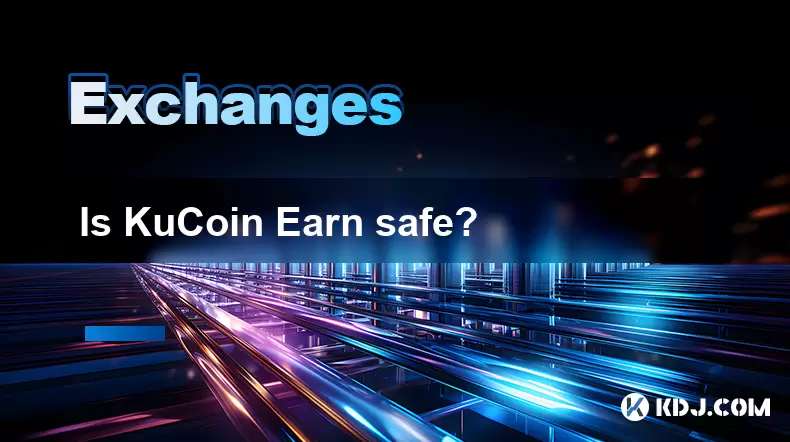
Is KuCoin Earn safe?
Jul 18,2025 at 10:14am
What is KuCoin Earn?KuCoin Earn is a service provided by the cryptocurrency exchange KuCoin that allows users to earn interest on their crypto holding...
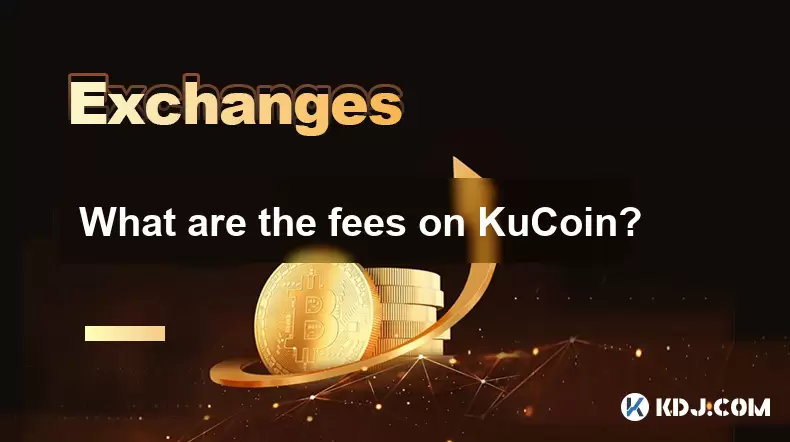
What are the fees on KuCoin?
Jul 18,2025 at 11:42am
Overview of KuCoin FeesKuCoin is a popular cryptocurrency exchange platform known for its wide range of supported cryptocurrencies and user-friendly i...
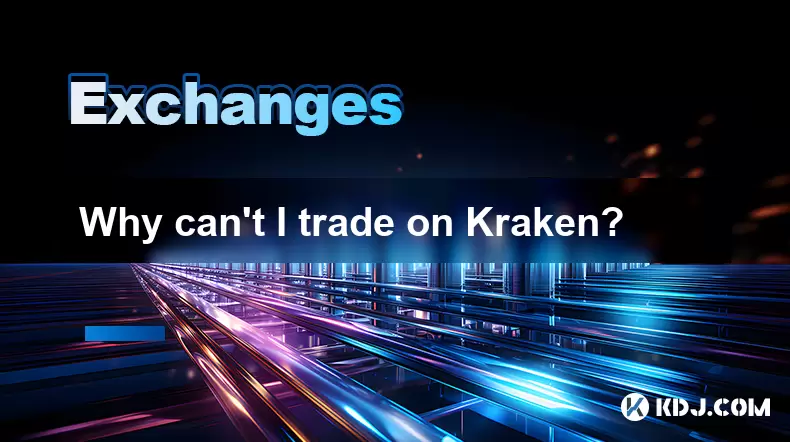
Why can't I trade on Kraken?
Jul 18,2025 at 10:35am
Account Verification IssuesIf you're unable to trade on Kraken, one of the most common reasons is incomplete account verification. Kraken requires use...
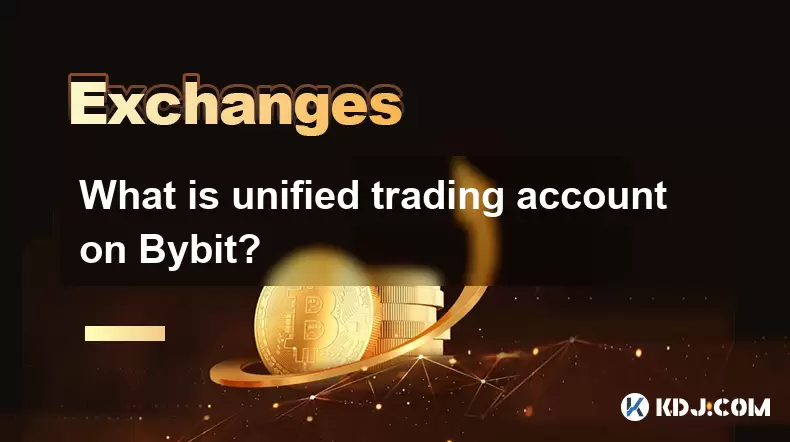
What is unified trading account on Bybit?
Jul 18,2025 at 10:28am
Understanding the Unified Trading Account on BybitThe unified trading account on Bybit is a feature designed to streamline the trading experience by c...
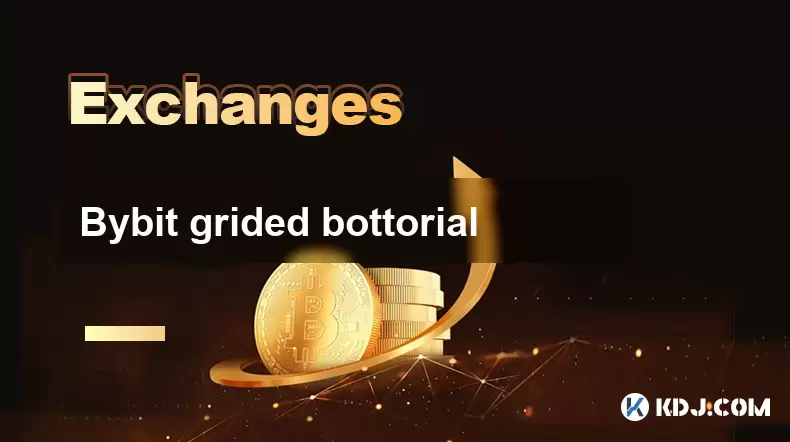
Bybit grided bottorial
Jul 18,2025 at 07:08am
Understanding the Grid Bot on BybitA grid bot is a type of automated trading tool that allows users to execute trades based on a predefined price grid...
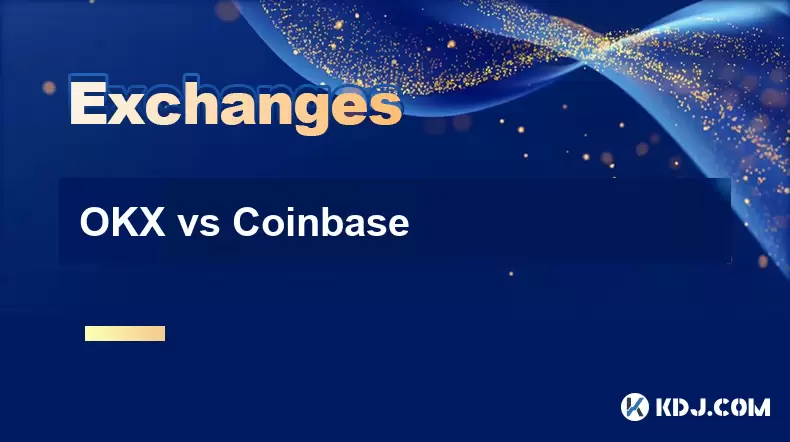
OKX vs Coinbase
Jul 18,2025 at 09:21am
Introduction to OKX and CoinbaseOKX and Coinbase are two of the most prominent cryptocurrency exchanges in the global market. While both platforms off...

Is KuCoin Earn safe?
Jul 18,2025 at 10:14am
What is KuCoin Earn?KuCoin Earn is a service provided by the cryptocurrency exchange KuCoin that allows users to earn interest on their crypto holding...

What are the fees on KuCoin?
Jul 18,2025 at 11:42am
Overview of KuCoin FeesKuCoin is a popular cryptocurrency exchange platform known for its wide range of supported cryptocurrencies and user-friendly i...

Why can't I trade on Kraken?
Jul 18,2025 at 10:35am
Account Verification IssuesIf you're unable to trade on Kraken, one of the most common reasons is incomplete account verification. Kraken requires use...

What is unified trading account on Bybit?
Jul 18,2025 at 10:28am
Understanding the Unified Trading Account on BybitThe unified trading account on Bybit is a feature designed to streamline the trading experience by c...

Bybit grided bottorial
Jul 18,2025 at 07:08am
Understanding the Grid Bot on BybitA grid bot is a type of automated trading tool that allows users to execute trades based on a predefined price grid...

OKX vs Coinbase
Jul 18,2025 at 09:21am
Introduction to OKX and CoinbaseOKX and Coinbase are two of the most prominent cryptocurrency exchanges in the global market. While both platforms off...
See all articles

























































































